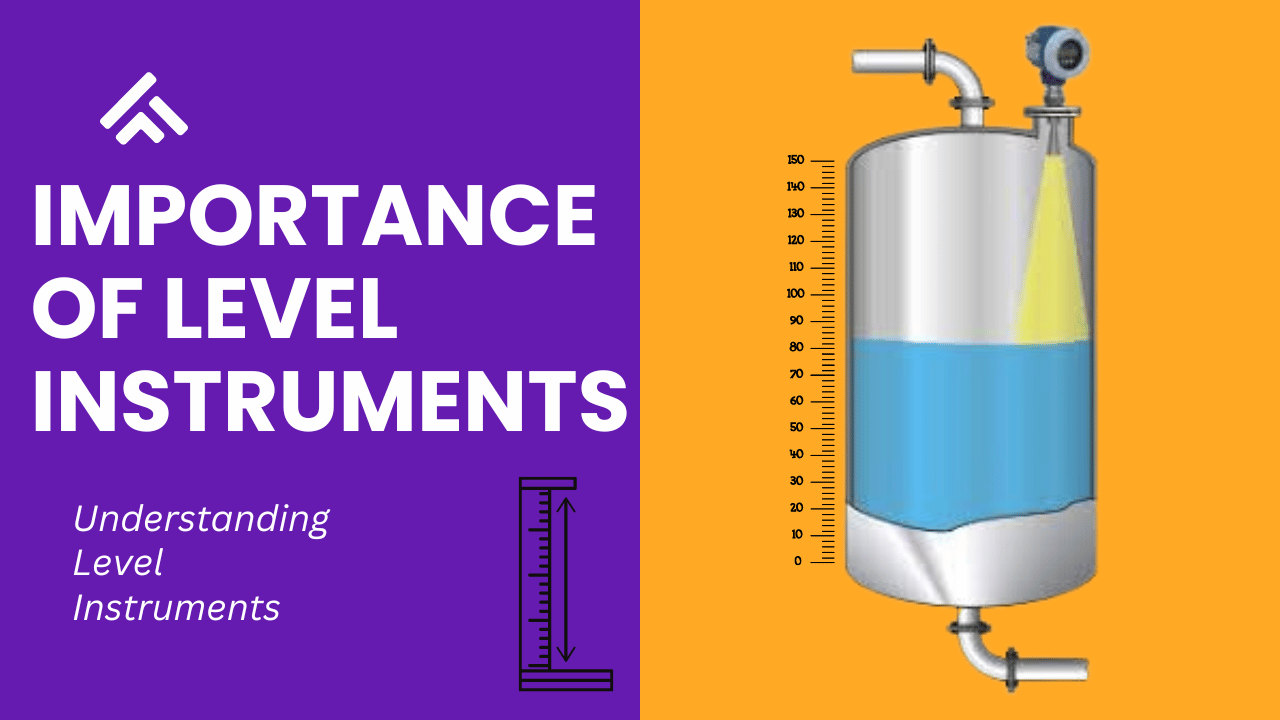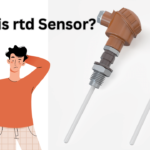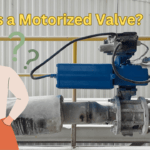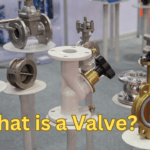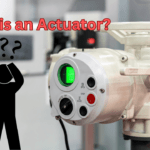Introduction
In the realm of industrial processes, accurate measurement and control of various parameters are pivotal for ensuring efficiency, safety, and optimal output. One such critical parameter is the level of liquids or solids within containers, tanks, and vessels. Level instruments play an indispensable role in monitoring and managing these levels, allowing industries to operate seamlessly while adhering to stringent quality and safety standards. This article delves into the evolution, types, and significance of level instruments in modern industrial processes.
Understanding Level Instruments
A level instrument, as the name suggests, is a device used to determine and indicate the level of substances within a container. It serves as a vital component across diverse industries such as chemical, petrochemical, food and beverage, pharmaceuticals, water treatment, and more. The fundamental principle behind level instruments is to provide real-time data about the substance level, facilitating timely decision-making and control.
Measuring Units of Level in Level Instruments
Here, we’ll explore some common measuring units of level and how they are utilized in level instruments:
Inches or Centimeters: In many cases, especially in smaller-scale applications or industries that primarily use imperial or metric systems, the level of a substance is often measured in units of length, such as inches or centimeters. This direct measurement approach is suitable when the dimensions of the container are known and the volume is directly related to the height of the substance.
Percentage: The percentage level is a simple and widely used representation of substance level. It indicates the proportion of the container’s height that is occupied by the substance. This measurement is useful for quick visual assessments and rough estimations of the remaining volume.
Feet or Meters: In larger industrial contexts, especially when dealing with substantial volumes of liquids or solids, measurements in feet or meters might be preferred. These units are commonly used in sectors such as oil and gas, chemical processing, and water treatment, where accurate volume calculations are crucial.
Millimeters of Mercury (mmHg): In some specific applications, especially in the field of vacuum technology, levels are measured in millimeters of mercury (mmHg). This measurement is used to quantify the level of a vacuum within a closed space, where lower pressure levels are desired.
Pressure Units (psi, kPa): Pressure-based level instruments, such as hydrostatic pressure transmitters, use pressure units like pounds per square inch (psi) or kilopascals (kPa) to measure the height of the liquid column above the sensor. This approach is based on the principle that the pressure at the bottom of a liquid column is directly proportional to the height of the column.
Specific Gravity or Density: In certain industries, such as chemical processing and petroleum, level measurements are correlated with the specific gravity or density of the substance. This approach accounts for variations in the density of the substance being measured.
Engineering Units: In complex industrial processes, level measurements might be represented in engineering units specific to the particular industry. For example, in the food and beverage industry, the level of liquid ingredients might be measured in gallons or liters, while in pharmaceuticals, it could be measured in vials or syringes.
Digital Signals (Binary or Analog): Modern level instruments often provide digital signals that are transmitted to control systems. These signals can be binary (on/off) or analog (continuous) and are used to trigger alarms, automate processes, or provide data for further analysis.
Custom Units: In some unique applications, custom measuring units might be used based on the specific requirements of the industry or process. These units are defined to suit the context and simplify data interpretation.
Evolution of Level Instruments
The development of level instruments can be traced back to basic float and tape mechanisms, which were manual and offered limited accuracy. However, with technological advancements, the landscape of level measurement underwent a transformation, resulting in the creation of sophisticated and automated instruments. Over the years, several types of level instruments have emerged, each catering to specific industrial requirements.
Types of Level Instruments
Float and Tape Instruments: As one of the earliest methods, this instrument utilizes a float that rises or falls with the liquid level. The movement of the float is connected to a tape marked with measurements. Though simple, it can be susceptible to errors and requires manual reading.
Radar Level Transmitters: Radar-based instruments emit microwave signals that bounce off the liquid’s surface and return to the transmitter. The time taken for the signal to return is used to calculate the level. Radar transmitters offer non-contact measurement, making them suitable for corrosive or volatile substances.
Ultrasonic Level Sensors: These sensors release ultrasonic waves that reflect off the liquid surface and return to the sensor. The time taken for the wave to return is used to determine the level. Ultrasonic sensors are preferred for their versatility and applicability to various substances.
Capacitance Level Sensors: Operating on the principle of capacitance change between the probe and the substance, these sensors are highly accurate and suitable for both liquids and solids.
Guided Wave Radar Level Sensors: Similar to radar transmitters, guided wave radar sensors use guided microwave signals that travel along a probe. The reflections indicate the level, making them ideal for liquids with foamy surfaces.
Hydrostatic Pressure Level Transmitters: These instruments measure pressure exerted by the liquid’s height in a vessel. They are best suited for closed tanks and are unaffected by the substance’s properties.
Differential Pressure Level Transmitters: Based on the difference in pressure between the substance and the reference point, these transmitters are versatile and used across a range of industries.
Importance of Level Instruments
The significance of level instruments cannot be overstated, as they contribute to various crucial aspects of industrial processes:
Efficiency and Productivity: Accurate level measurements enable industries to optimize production processes. Proper inventory management ensures that resources are utilized efficiently, reducing waste and downtime.
Safety and Environmental Compliance: Overfilling or underfilling of tanks can lead to hazardous situations or regulatory violations. Level instruments help maintain safe levels, preventing spills and leaks that could harm both personnel and the environment.
Quality Control: In industries such as food and beverage or pharmaceuticals, precise ingredient measurements are imperative to maintain product quality and consistency. Level instruments ensure that the right quantities are used.
Process Automation: Level instruments play a pivotal role in process automation. They provide real-time data that can be integrated into control systems, allowing for automatic adjustments and reducing the need for constant human intervention.
Cost Savings: Effective level measurement prevents overstocking or stockouts of materials, which can lead to significant financial losses. Additionally, accurate measurements reduce energy consumption by optimizing heating, cooling, or mixing processes.
Remote Monitoring: With the advent of IoT (Internet of Things) technology, many modern level instruments offer remote monitoring capabilities. This allows operators to track levels and receive alerts even when they are not on-site, enhancing overall operational efficiency.
Challenges and Considerations
While level instruments offer numerous benefits, there are certain challenges and considerations that industries must address:
Instrument Selection: The choice of level instrument depends on factors such as substance properties, container design, process conditions, and required accuracy. Selecting the appropriate instrument for the specific application is crucial.
Calibration and Maintenance: Regular calibration is necessary to ensure accurate measurements. Additionally, proper maintenance is essential to prevent malfunctions that could lead to incorrect readings and operational disruptions.
Environmental Factors: Extreme temperatures, corrosive substances, and high-pressure conditions can impact the performance of level instruments. Industries need to choose instruments that are compatible with the environment in which they operate.
Human Error: Despite automation, human error can still occur during instrument installation, calibration, or operation. Proper training and procedural adherence are essential to mitigate such risks.
Conclusion
In the landscape of modern industries, level instruments have evolved from simple float and tape mechanisms to sophisticated, automated sensors and transmitters. Their role in ensuring efficient processes, adhering to safety standards, and maintaining product quality cannot be overstated. As technology continues to advance, level instruments are expected to become even more accurate, reliable, and integrated into the fabric of industrial automation. With industries relying heavily on precise measurements, the journey of level instruments is one of continuous innovation and optimization.
